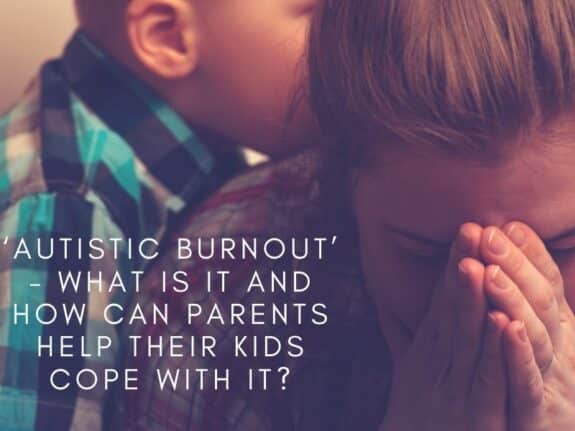You can see it in the meltdowns, stemming behaviors, and regression: individuals with autism do not process things in the same way as neurotypical people. Therapy and medications can help with some of the issues and challenges that children with autism face on a daily basis. Still, as they grow older, individuals with autism are at risk for burnout.
What is Autistic Burnout?
Described as intense physical, mental, or emotional exhaustion, this phenomenon is still a bit of a medical mystery. Scientists and researchers only learned of autistic burnout about five years ago, and there are only a handful of studies examining it, so must of what is known has come directly from the people experiencing it.
Like most matters related to autism, burnout symptoms and results can vary greatly from one person to the next. Some indicate they feel intense and overwhelming physical exhaustion. Others find it more difficult to manage their emotions, which can make them prone to anxiety, anger, depression, and possibly even suicidal thoughts or tendencies. Then there are cases in which the individual experiences a noted regression in their communication or coping skills. Heightened sensitivity to sensory input and an increase in repetitive behaviors may also occur.
Currently, the only discussions about burnout pertain to adults living with autism. However, parents of children with autism are likely to report that they see it, too. Their child may come home from a particularly difficult day at school and experience a meltdown, which may be followed by intense physical exhaustion. Stress may cause an increase in stemming.
These are issues that each parent faces – and worries about – because we all know that the world is not always sensitive to the needs and limitations of our children. Thankfully, there may be some ways that we can help our children deal with (and potentially avoid) burnout.
Preventing Autistic Burnout in Your Child
Adults who experience autistic burnout are encouraged to develop strategies for coping with it. They’re also advised to listen to their body so they can recognize the signs before burnout hits. Parents can help their children in the same ways. However, the strategy is likely to be different, as children with autism may have trouble noticing the symptoms of excess input before it occurs. Children may also struggle with follow-through when it comes to dealing with burnout.
My son suffered near-daily meltdowns until about the fifth grade. Now, at the age of 18, we never see major outbursts. That does not mean he never suffers from burnout; quite the contrary, in fact. He’s joined the working world, and the trials and tribulations of his first job have been difficult to navigate. He makes far more human contact than he is used to, and it is a high-stress environment. Still, he manages to hold this job, and he continues to work toward a self-care regimen that helps him cope.
What made the difference for him? To be completely honest, I don’t know. Yet, I suspect that something we did in the early meltdown days may have helped.
Initially, it was simply being there and allowing him to work through the intense feelings and emotions. If we caught it early, we could encourage pounding balls of Play-Dough, screaming, and running. When we failed to notice the signs that a meltdown was coming (and on those occasions where there was no advance warning), we worked to keep him safe and then pumped him with protein to curb the exhaustion. Little by little, the duration and intensity of his meltdowns diminished, but they still persisted.
It didn’t take long before we realized that we’d missed a critical step. While it was great that he could cope with the big feelings he was having, we wanted to help him find a way to avoid the meltdowns altogether. We knew what that meant: he would have to recognize that his stress levels were rising before they got out of control and took over.
First, we allowed him to opt-out of certain situations, and we encouraged him to take proactive steps whenever he did participate in a potentially stressful activity. We never forced him to go and watch the fireworks. If we went somewhere noisy, we gave him earplugs to dampen the sound. There was always a spare pair in the car, just in case.
If we planned something that might be new and stressful, we’d talk about it in advance and allow him to ask questions. Then we’d develop a plan to help him deal with any potential challenges that could arise. In short, we encouraged him to set boundaries and limitations, and we taught him that preparedness can make a massive difference.
We also kept him close in potentially stressful situations. At home, we’d developed a signal that his shoulders were raising and scrunching – a sign that his stress levels were rising. It’d been nothing more than a gentle touch on the arm or shoulder, practiced at home daily, but it made all the difference when we went somewhere. He’d either take note of the stress and try some breathing exercises, or I’d notice that he was still struggling and suggest we do something else.
It meant leaving grocery stores in the middle of shopping. Walking an extra few blocks to avoid the sound of construction up the road. Slowly easing him into social interactions that made him feel uncomfortable, but were critically important when it came to helping him achieve his fullest potential in life. And every ounce of it was worth it.
All of these strategies – and many others – are suggested to help adults with autism deal with burnout. I assure you, they can work with children as well. My son, now an adult, is living proof.







